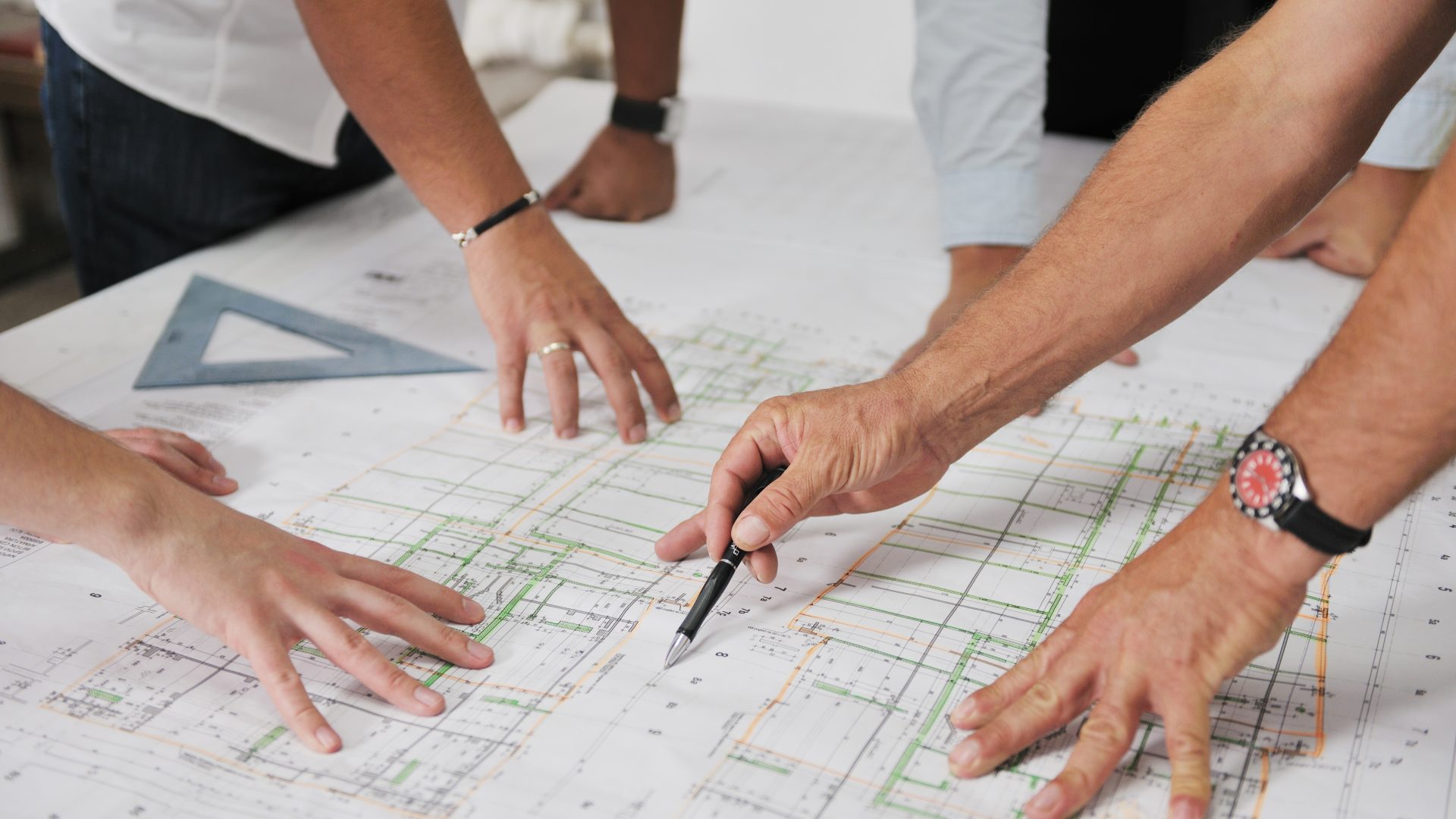Residential estimating in the world of home construction and renovation, residential estimating is a pivotal process that impacts the entire project lifecycle. Accurate residential estimating ensures that budgets are managed efficiently, projects stay on track, and financial goals are met. This guide, “Precision in Home Costing: The Ultimate Guide to Residential Estimating,” provides a comprehensive overview of the key aspects of residential estimating, offering insights, techniques, and best practices to achieve precision in home project costing Residential estimating.

Why Accurate Residential Estimating Matters
Precise residential estimating is crucial for various reasons:
Budget Management
Accurate estimates allow homeowners and contractors to create realistic budgets, avoiding overspending and ensuring that financial resources are allocated effectively.
Project Planning
Understanding the costs associated with different project components aids in planning and scheduling, helping to avoid delays and unforeseen expenses.
Competitive Bidding
For contractors, precise residential estimating is crucial for submitting competitive bids that secure projects while maintaining profitability.
Client Trust
Accurate estimates foster trust between clients and contractors by providing transparency and minimizing surprises during the project.
Core Elements of Residential Estimating
Effective residential estimating involves several core components:
Labour Costs
Estimate the number of labour hours required, the hourly rates, and any additional costs such as overtime or benefits.
Material Costs
Calculate the quantities and costs of materials needed for the project. Include considerations for material type, quality, and market fluctuations.
Equipment Costs
Include costs for renting or purchasing equipment, maintenance, and operational expenses.
Subcontractor Costs
If subcontractors are involved, estimate their fees based on the scope of work and any additional charges.
Overhead and Profit
Include overhead costs and profit margins to ensure financial viability.
Contingency
Allocate a contingency amount for unexpected costs or changes in project scope.
Step-by-Step Guide to Accurate Residential Estimating
Achieving precision in residential estimating involves a series of methodical steps:
Review Project Documentation
Start by thoroughly examining project plans, specifications, and contract documents to understand the scope and requirements.
Conduct Site Visits
Visit the project site to assess conditions that might affect costs, such as site access, soil conditions, or existing structures.
Break Down the Project
Divide the project into manageable tasks or phases. Estimate each task individually to create a detailed overall estimate.
Calculate Labour Needs
Determine the number of workers needed, their hourly rates, and the total hours required for each task. Factor in potential overtime and delays.
Perform Material Takeoffs
List all required materials, calculate quantities, and obtain current prices to estimate material costs. Account for potential price fluctuations.
Assess Equipment Requirements
Identify necessary equipment, estimate rental or purchase costs, and include maintenance and operational expenses.
Include Overhead and Profit
Add overhead costs and profit margins to ensure that the project remains financially viable.
Review and Adjust
Double-check all calculations and adjust estimates based on any changes in project scope or costs. Ensure that the final estimate is realistic and comprehensive.
Advanced Techniques for Residential Estimating
Incorporating advanced techniques can enhance the accuracy of residential estimating:
Historical Data Analysis
Utilize data from past projects to guide current estimates. Historical data provides insights into past costs and helps predict future expenses.
Unit Cost Estimation
Break down the project into units of work and assign costs to each unit. This approach is particularly useful for projects with repetitive tasks.
Three-Point Estimating
Create three estimates for each task: best-case, worst-case, and most probable. This technique balances risks and provides a range of potential costs.
Contingency Planning
Include a contingency amount to cover unforeseen costs or changes. This helps manage financial risks and maintain project stability.
Leveraging Technology in Residential Estimating
Technology plays a significant role in modern residential estimating:
Estimating Software
Tools like ProEst, Buildertrend, and CoConstruct automate calculations, facilitate material takeoffs, and track costs, reducing manual errors and enhancing accuracy.
Cloud-Based Solutions
Cloud technology allows access to estimates from anywhere, provides real-time updates, and enables collaboration with team members, improving flexibility and coordination.
Mobile Apps
Mobile estimating apps offer on-the-go calculations, material takeoffs, and bid submissions, providing convenience and efficiency.
Overcoming Common Challenges in Residential Estimating
Subcontractors and contractors face several challenges in residential estimating. Here’s how to address common issues:
Incomplete Project Information
Ensure all project details are clear and complete before finalising estimates. Collaborate with stakeholders to clarify any uncertainties.
Material Price Fluctuations
Secure fixed-price agreements with suppliers or purchase materials in advance to mitigate the impact of price changes.
Labour Shortages
Build strong relationships with reliable labour providers and include flexibility in your estimates to account for potential labour shortages.
Scope Changes
Clearly define the project scope and include clauses in contracts to manage scope changes. Adjust estimates as needed to reflect any modifications.
Best Practices for Successful Residential Estimating
Implementing best practices ensures precision and success in residential estimating:
Detailed Documentation
Maintain thorough records of costs and project details from past projects. This information serves as a valuable reference for future estimates.
Regular Updates
Continuously update estimates to reflect changes in project details, costs, or scope. This helps in staying aligned with project requirements and budgets.
Collaborate with Suppliers and Subcontractors
Establish strong relationships with suppliers and subcontractors to stay informed about price changes, availability, and potential savings.
Review for Profitability
Analyse past projects to identify areas for improvement. Ensure estimates include sufficient overhead and profit margins to maintain financial health.
Case Studies: Effective Residential Estimating in Action
Case Study 1: Precision in Home Renovation
A renovation contractor utilised advanced estimating software to streamline their process. By incorporating historical data and accurate labour calculations, they provided a precise bid that won the project. The renovation was completed on time and within budget, leading to a satisfied client and positive referrals.
Case Study 2: Managing Material Costs in New Home Construction
A home builder faced challenges due to fluctuating material prices. They addressed this by securing fixed-price agreements with suppliers and purchasing materials in bulk. This approach ensured cost stability and project profitability, resulting in successful project completion and favourable client feedback.
Frequently Asked Questions (FAQ)
Q:What is the main goal of residential estimating?
A:The main goal of residential estimating is to accurately forecast the costs associated with a home project, including labour, materials, and equipment, to create a realistic budget and ensure project success.
Q:How can contractors improve accuracy in their residential estimates?
A:Contractors can improve accuracy by using estimating software, analyzing historical data, breaking down projects into manageable tasks, and regularly updating estimates based on current information.
Q:What are some common mistakes in residential estimating?
A:Common mistakes include overlooking project details, using outdated pricing, failing to include contingency amounts, and not accounting for potential scope changes.
Q:How does technology enhance residential estimating?
A:Technology enhances residential estimating by automating calculations, providing accurate material takeoffs, enabling real-time updates, and facilitating collaboration through cloud-based solutions.
Q:What strategies can be used to handle scope changes in estimates?
A:Include clauses in contracts to address scope changes, communicate clearly with stakeholders, and adjust estimates as needed to reflect any modifications in project requirements.
Q:How can contractors manage labour costs effectively?
A:Manage labour costs by accurately estimating the number of workers needed, their hourly rates, and including considerations for overtime and potential delays. Build relationships with reliable labour providers.
Q:What role does historical data play in residential estimating?
A:Historical data provides insights into past project costs and trends, helping contractors predict future expenses more accurately and improve the reliability of current estimates.
Q:How can contractors handle material price fluctuations?
A:Handle material price fluctuations by securing fixed-price agreements with suppliers, purchasing materials in advance, and including price escalation clauses in contracts.
Q:What are the benefits of using estimating software for residential projects?
A:Estimating software automates calculations, reduces manual errors, provides accurate material takeoffs, and allows for real-time updates, enhancing overall estimating accuracy and efficiency.
Q:How can contractors ensure their estimates remain competitive?
A:Contractors can ensure competitive estimates by staying informed about industry trends, using advanced estimating techniques, maintaining strong relationships with suppliers and labour providers, and continually reviewing and adjusting their estimates.

Conclusion: Mastering Residential Estimating for Success
Mastering residential estimating is crucial for achieving successful home projects. By understanding core components, implementing advanced techniques, and leveraging technology, contractors and homeowners can enhance their estimating practices. Addressing common challenges and following best practices ensures that estimates are precise, competitive, and aligned with project requirements.


